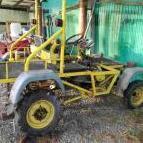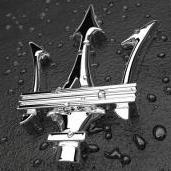Mazda MX-5 2015
quanto ti piace la Mazda MX-5 2015?
225 voti
-
1. quanto ti piace la Mazda MX-5 2015?
-
• Molto99
-
• Abbastanza59
-
• Poco30
-
• Per niente10
-
- Si prega di accedere o registrarsi per votare a questo sondaggio.
-
Contenuti simili
-
- 31 risposte
- 4681 visite
-
- 7 risposte
- 13308 visite
-
- 11 risposte
- 4537 visite
-
-
-













.thumb.jpg.902d2a4f20a129e92b6f6920407b81bd.jpg)












.thumb.jpg.46228d717c405acd43b45b79fddce6a4.jpg)





Messaggi Raccomandati:
Crea un account o accedi per lasciare un commento
Devi essere iscritto per commentare e visualizzare le sezioni protette!
Crea un account
Iscriviti nella nostra community. È facile!
Registra un nuovo accountAccedi
Sei già registrato? Accedi qui.
Accedi Ora